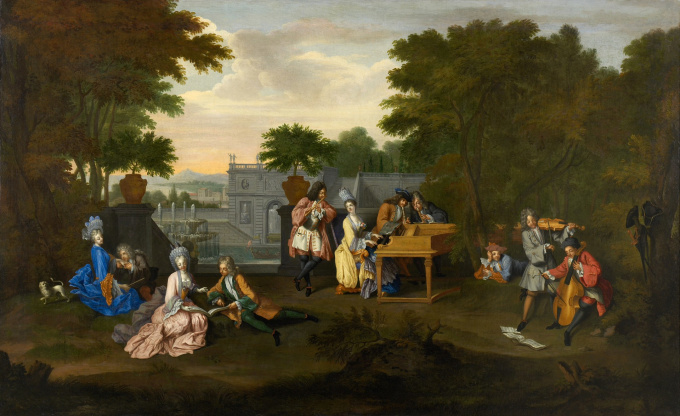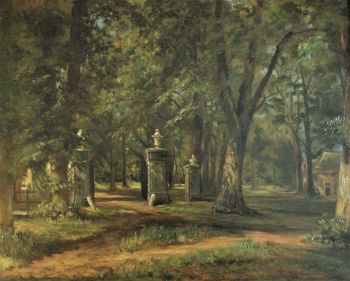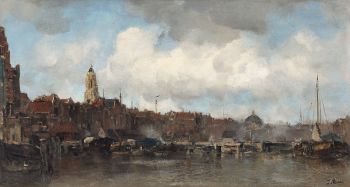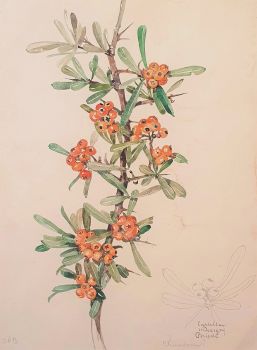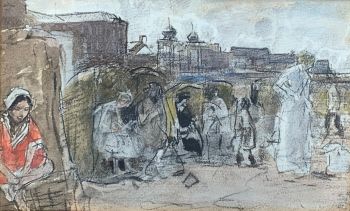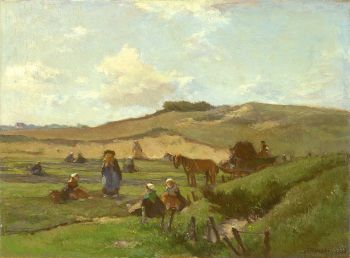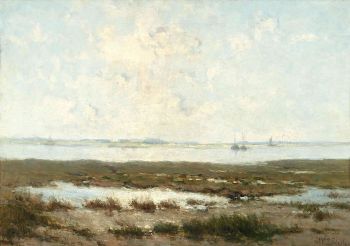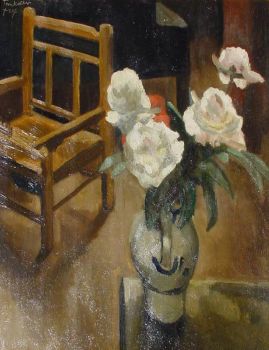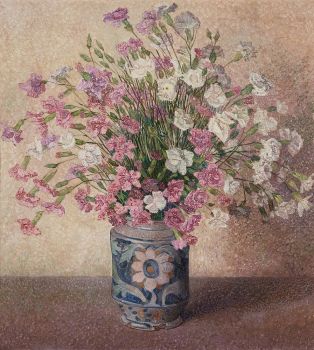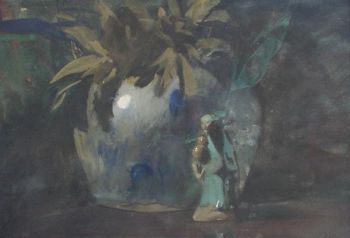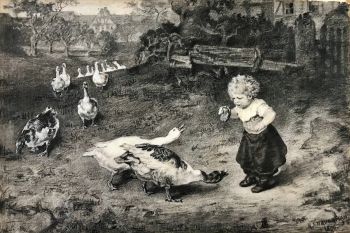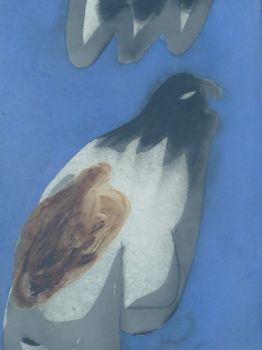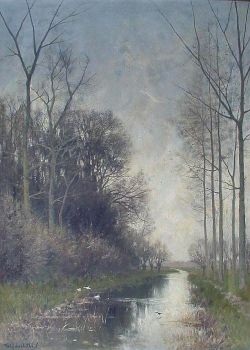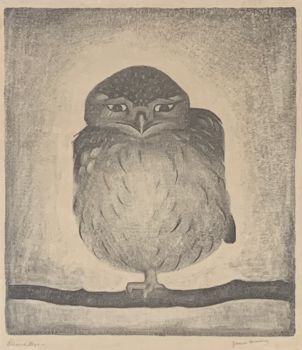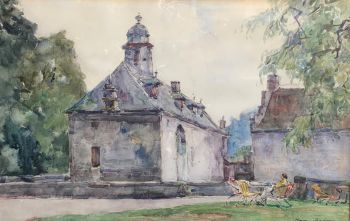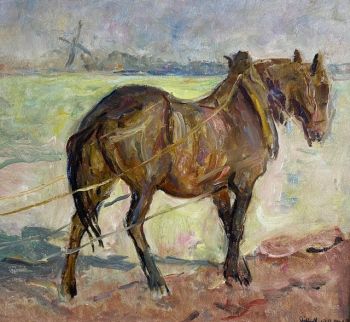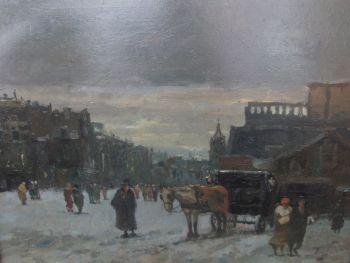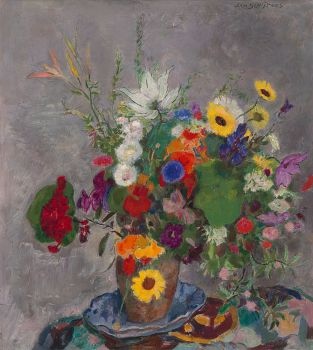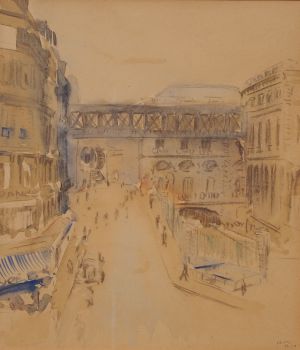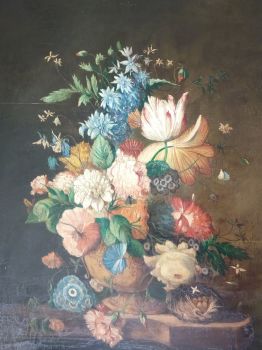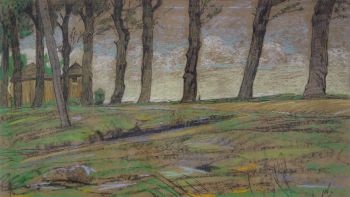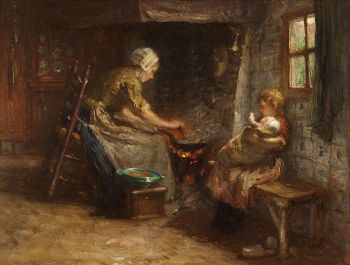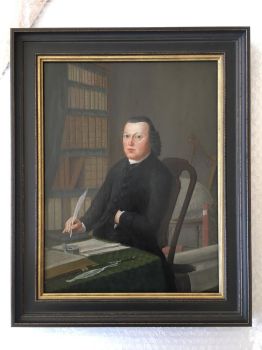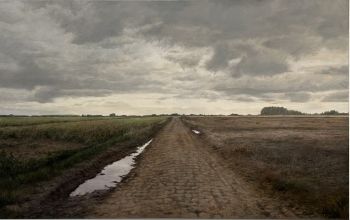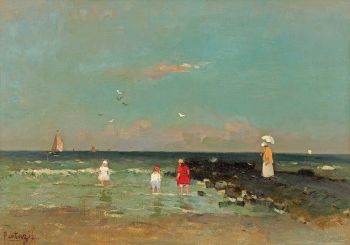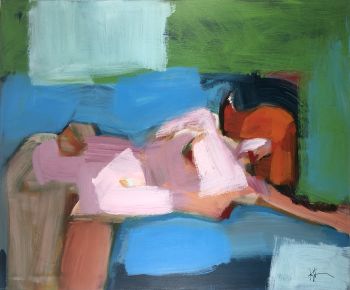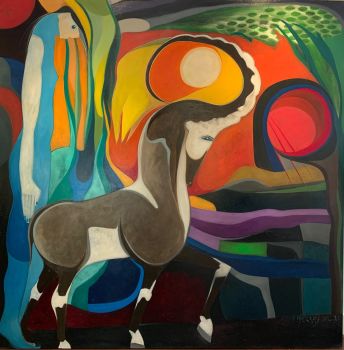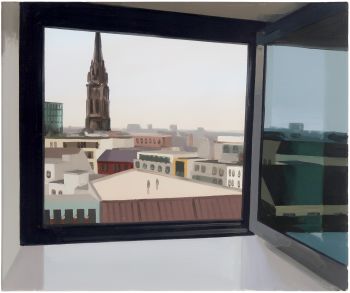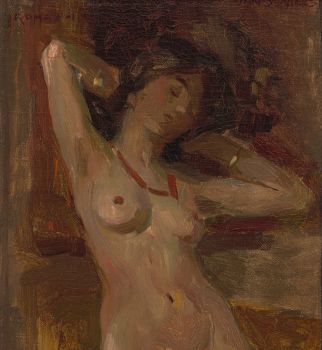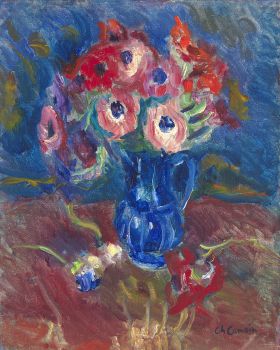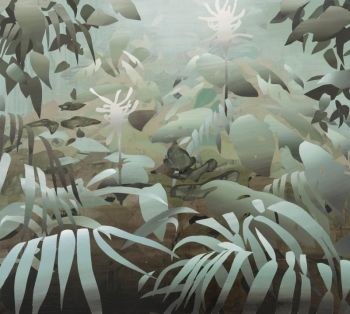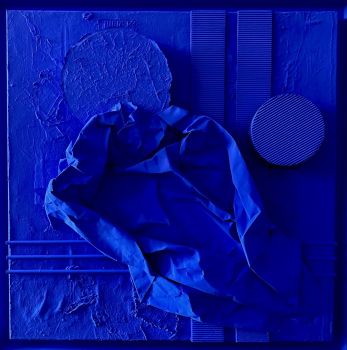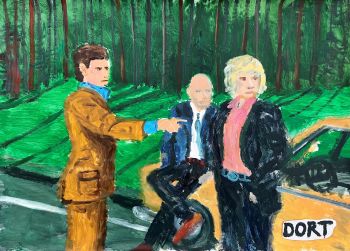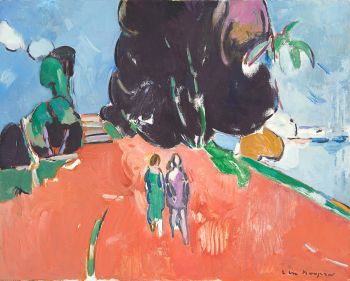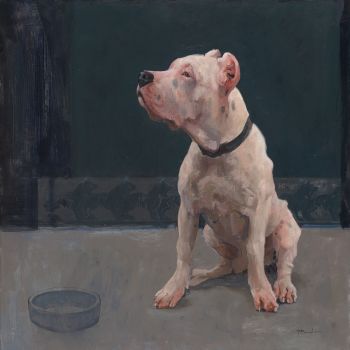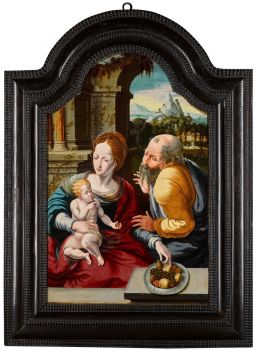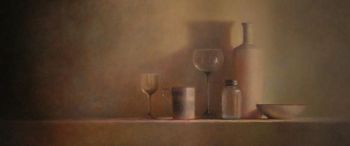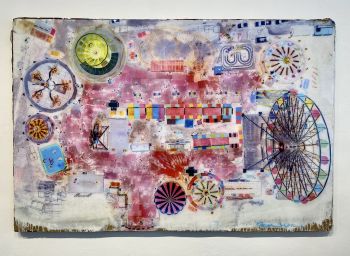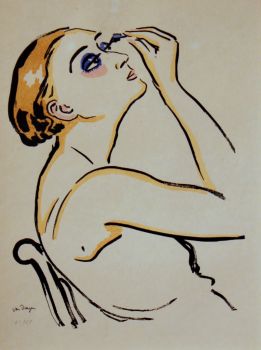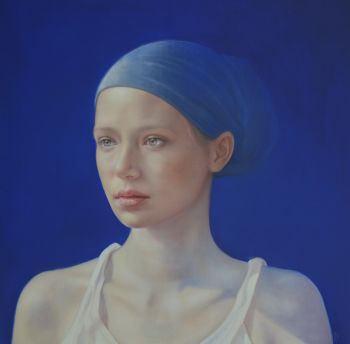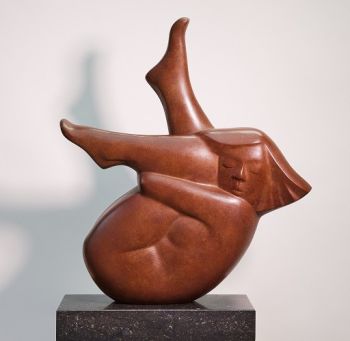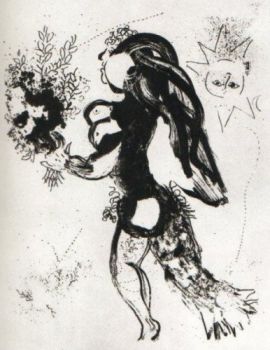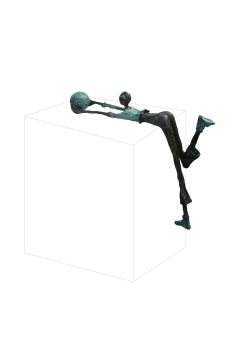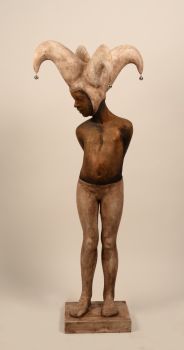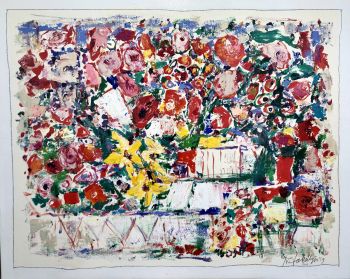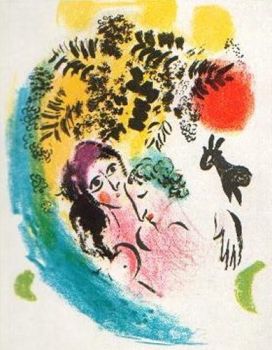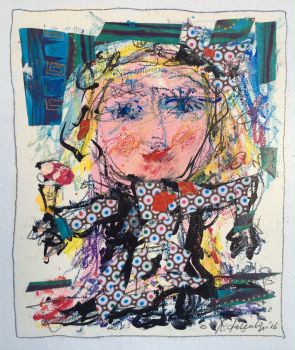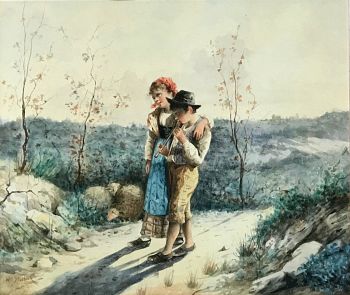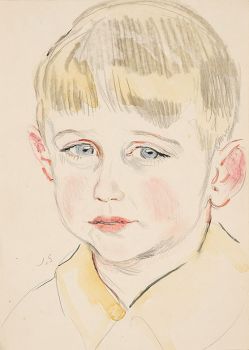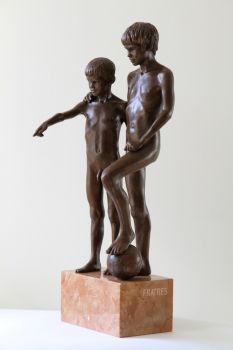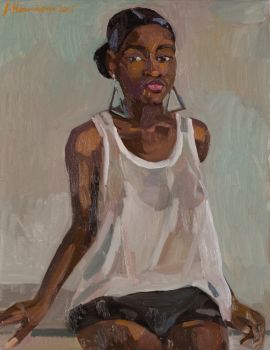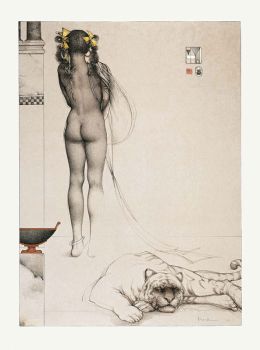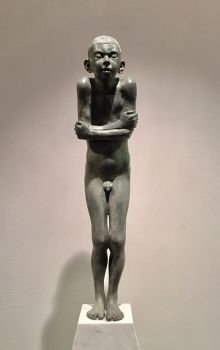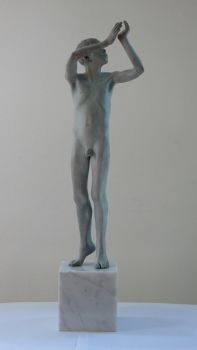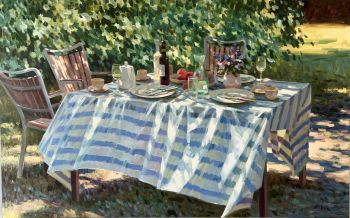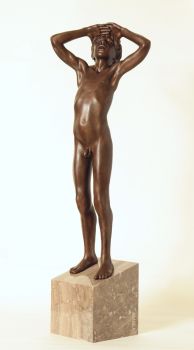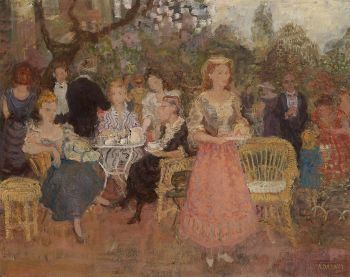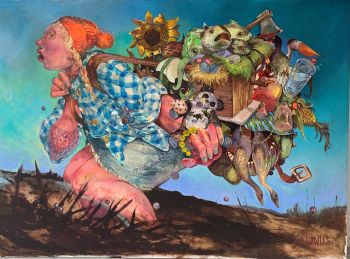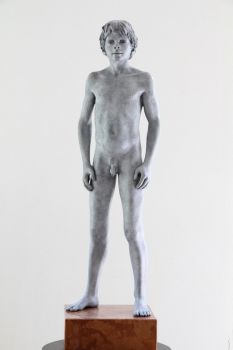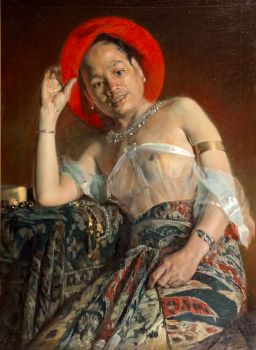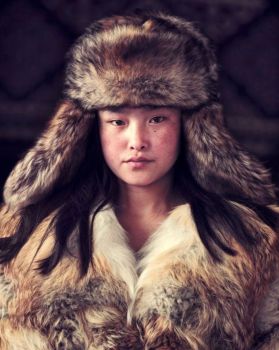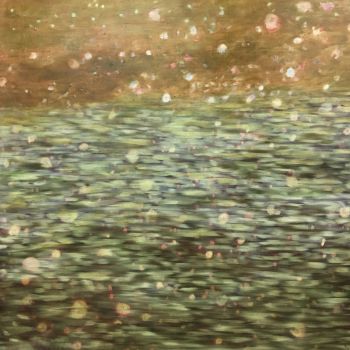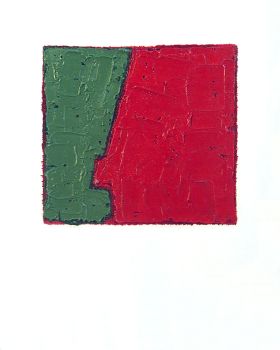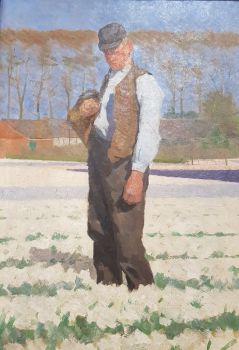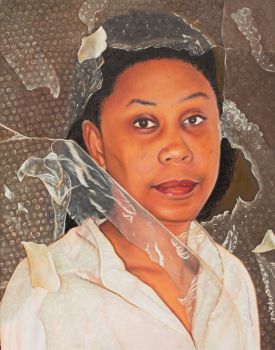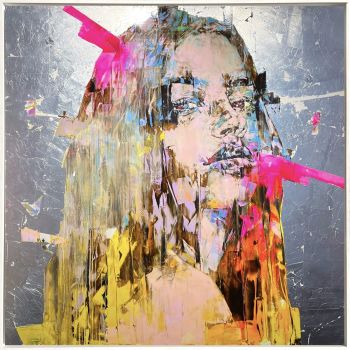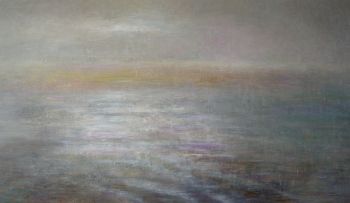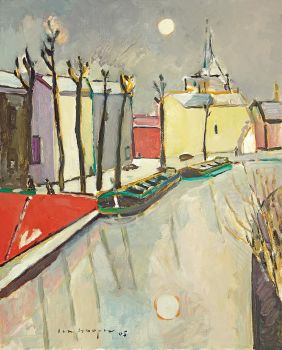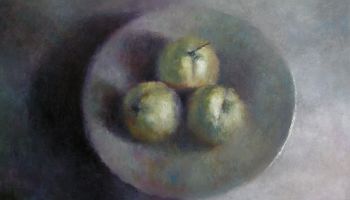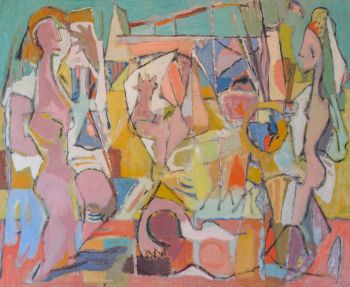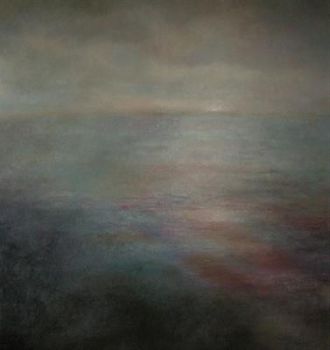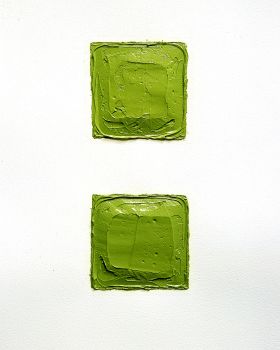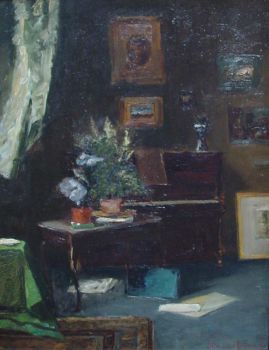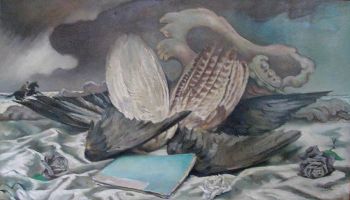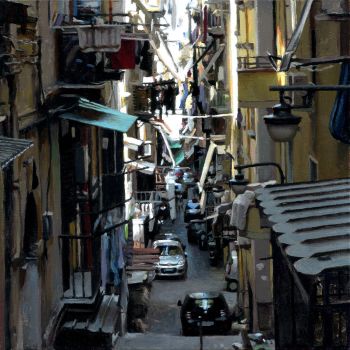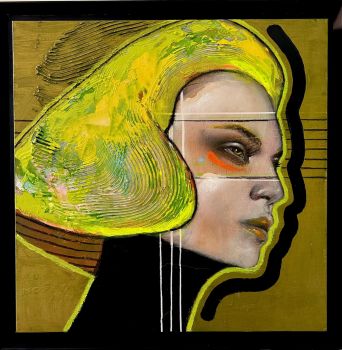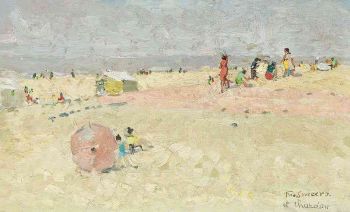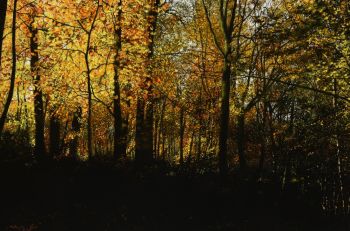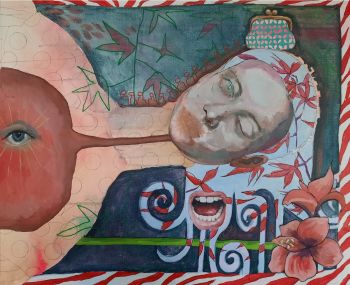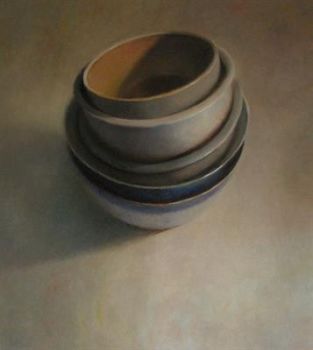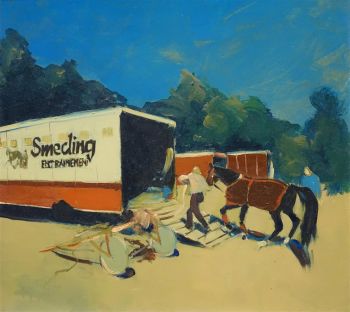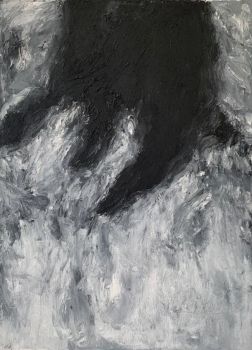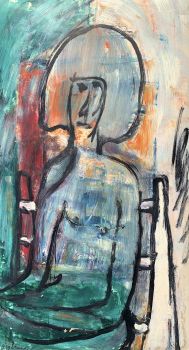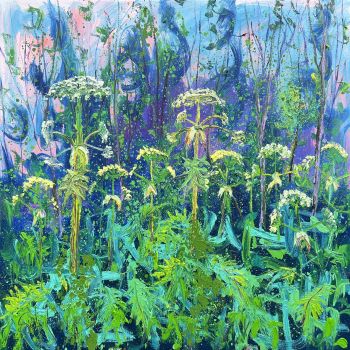Concert Champêtre 1710
Bernard Picart
CanvasOil paintPaint
91 ⨯ 147 cm
Currently unavailable via Gallerease
- About the artworkThe French painter and engraver Bernard Picart (1673-1733) was foremostly famous for his prints. Paintings of his hand are rare. In 1710 the artist moved to Holland, where at first he lives in The Hague and from 1711 on in Amsterdam. Here he continued his career as an illustrator.
The subject of this painting was derived of one of Picart’s own prints. This print was signed: Inventé et gravé par B. Picart, and was one of a series of three that had the elegant joy of rural life as subject. The specific print that was used for this painting was accompanied by a poem:
A l’ombre des bosquets dans un beau jour d’Eté
Cette agréable Campagnie
Goute le doux plaisir que donne l’harmonie
Lorsque tout est bien concerté
Mais parmi les attraits d’une belle musique
Ou de Baptiste Ou de Lambert
L’amour tient sa partie et très souvent se piqué
De faire que deux coeurs soupirent de concert.
The series, of which this ‘Concert Champêtre’ was part, belongs to the so called ‘Fêtes Galantes’, the elegant parties where lavishly dressed men and women enjoy themselves in a landscape. In elegant poses, they make music, read, make poetry and court. The origin of this theme is to be found in the Italian art of the 16th century. Painters like Titian and Giorgione are known to have made similar depictions.
Picart picked this theme up in a contemporary manner of the early eighteenth century. He followed on to the Parisien fashion to go out in the country in the company of elegantly dressed friends, far from the bustle of the city. Picart thus created a new theme, ten years before Antoine Watteau started to paint similar galant companionships that made him famous as the master of the ‘Fêtes Galantes’. - About the artistThe illustrator Bernard Picart (1673-1733) was a French Calvinist forced to relocate to the Netherlands following the Revocation of the Edict of Nantes in 1685. Between 1723 and 1737 he collaborated with the publisher Jean-Frédéric Bernard to produce Cérémonies et coutumes religieuses de tous les peuples du monde. It was soon translated into English and appeared in a number of editions over the next century. This encyclopedic documentation of comparative religions exemplifies the Enlightenment project of classification.
In the section on Judaism, Picart's illustrations primarily depicted the wealthy Sefardic community of Amsterdam. Although most of the Jewish population in Holland was Ashkenazi, having emigrated from Germany and further east, Picart's work focuses almost exclusively on those Jews whose appearance would have been most familiar to a Christian audience.
The prints by Picart established the conventional manner of depicting Jewish customs for centuries. Their reinterpretation in nineteenth-century books and twentieth-century postcards attests to the enduring popularity and influence of his images.
Related artworks
Johannes Evert Akkeringa
'Nettenboetsters' in the Dunes1861 - 1942
Price on requestStudio 2000 Art Gallery
Jan Voerman sr
Still Life with flowers in a Chinese figurine1850 - 1900
Price on requestKunsthandel Pygmalion
Fredericus Jacobus van Rossum du Chattel
Poldervaart in the Vecht river region1899 - 1901
Price on requestKunsthandel Pygmalion
Bob Buys
Paris, Gare de L'Est, Passerelle de la Rue d'Alsace1940 - 1950
Price on requestAdelwein Kunst
Johannes van Dreght
Antique Dutch still life flowers in vase1740 - 1800
Price on requestGallerease Selected
Bernardus Johannes Blommers
Het bereiden van de maaltijd1870 - 1914
Price on requestStudio 2000 Art Gallery
1 - 4 / 24Dutch School
Arrival of a Dutch East Indiaman in the Table Bay18th century
Price on requestZebregs & Röell - Fine Art - Antiques
1 - 4 / 24- 1 - 4 / 24
Carel Nicolaas Storm van 's Gravesande
My studio in Bruxelles1841 - 1924
Price on requestKunsthandel Pygmalion
1 - 4 / 24

